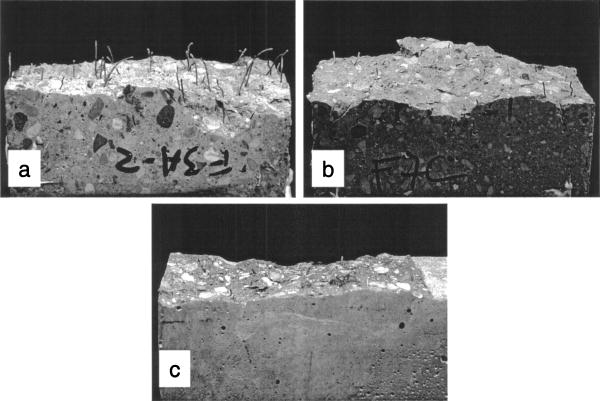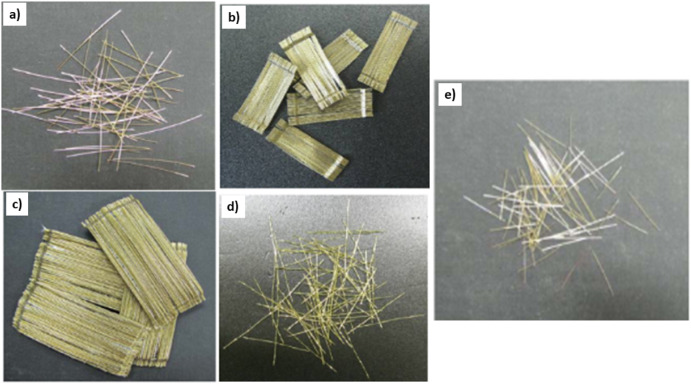Learn how microfibers strengthen concrete and mitigate common issues faced by traditional reinforcement methods. Whether you’re a construction professional or an enthusiast, this article provides valuable insights into the world of microfiber concrete reinforcement and its significant contributions to the field of civil engineering.
Introduction:
Microfiber concrete reinforcement revolutionizes the construction industry by offering a new approach to enhancing the strength and durability of concrete structures. This article explores the remarkable benefits and applications of microfiber reinforcement, shedding light on its ability to address common challenges encountered in traditional reinforcement methods.
What Is Microfiber Concrete Reinforcement?
Microfiber concrete reinforcement involves the addition of microscopic fibers to the concrete mixture. These fibers, typically made of materials such as synthetic polymers or steel, enhance the properties of concrete, resulting in improved performance and longevity of structures. The incorporation of microfibers creates a three-dimensional network within the concrete matrix, mitigating cracking and increasing overall durability.
Advantages of Microfiber Concrete Reinforcement
Microfiber reinforcement offers several advantages over traditional reinforcement methods. These include:
- Increased Durability: Microfibers significantly enhance the durability of concrete structures by reducing cracking and improving resistance to environmental factors such as freeze-thaw cycles and chemical exposure.
- Enhanced Crack Resistance: The microscopic fibers distribute stresses more uniformly throughout the concrete, minimizing the formation and propagation of cracks, thereby increasing the overall crack resistance of the structure.
- Improved Structural Performance: Microfiber reinforcement enhances the flexural and tensile strength of concrete, improving its load-carrying capacity and overall structural performance.
Applications of Microfiber Concrete Reinforcement
Microfiber reinforcement finds applications in various construction projects, including:
- Industrial Flooring: Microfiber-reinforced concrete is commonly used in industrial flooring systems, offering superior strength and crack resistance in high-traffic areas subjected to heavy loads.
- Pavements and Roads: Microfiber reinforcement enhances the durability and longevity of pavements and roads, reducing maintenance requirements and increasing resistance to wear and tear.
- Precast Elements: Microfiber concrete reinforcement is widely employed in the production of precast elements such as beams, columns, and wall panels, improving their structural integrity and reducing the risk of cracking during transportation and installation.

The Future of Concrete Reinforcement
Microfiber concrete reinforcement represents a significant advancement in the field of civil engineering. With ongoing research and development, the potential applications of microfiber reinforcement continue to expand. Researchers are exploring the use of innovative fibers and optimizing manufacturing techniques to further enhance the properties and performance of reinforced concrete.
In conclusion, microfiber concrete reinforcement offers a game-changing solution for enhancing the strength, durability, and crack resistance of concrete structures. From industrial flooring to pavements and precast elements, microfiber reinforcement is transforming the construction industry by providing superior performance and longevity. By embracing the advantages of microfiber reinforcement, engineers and construction professionals can build resilient structures that withstand the test of time.
